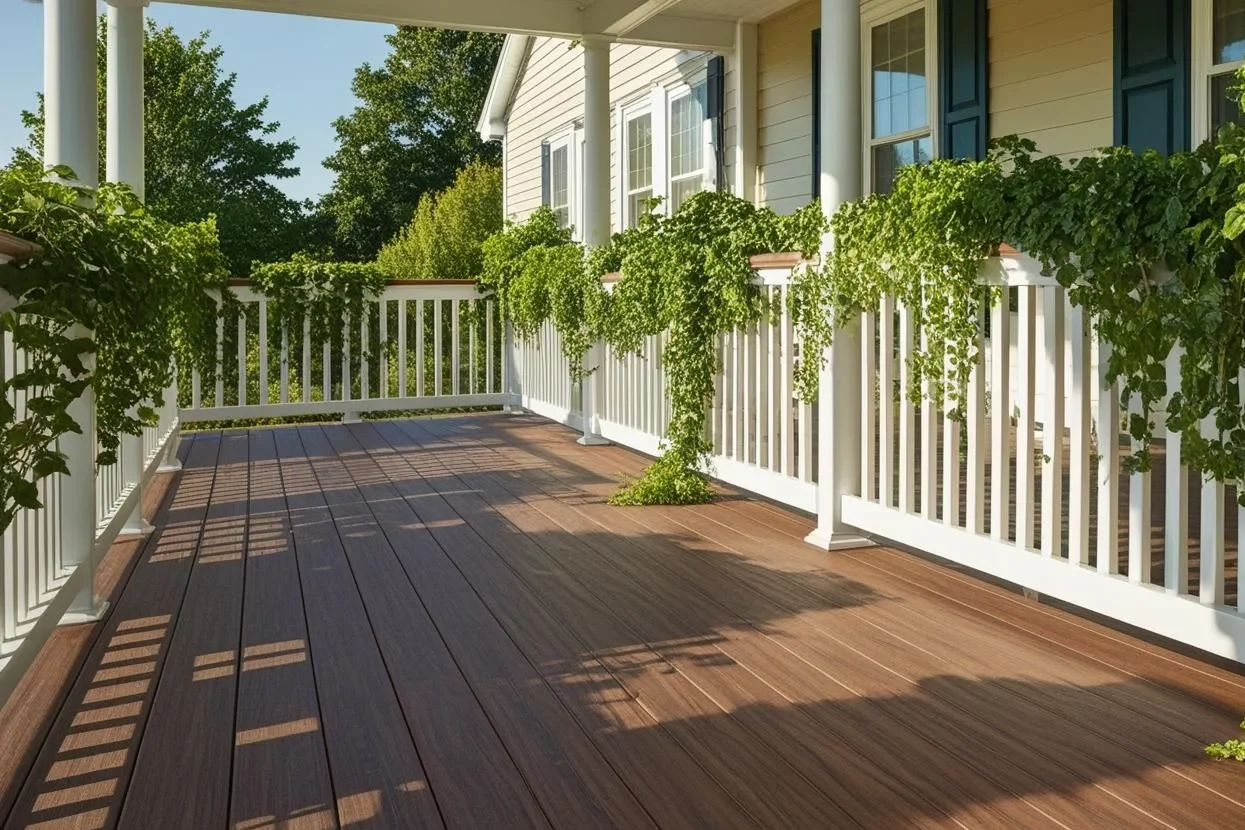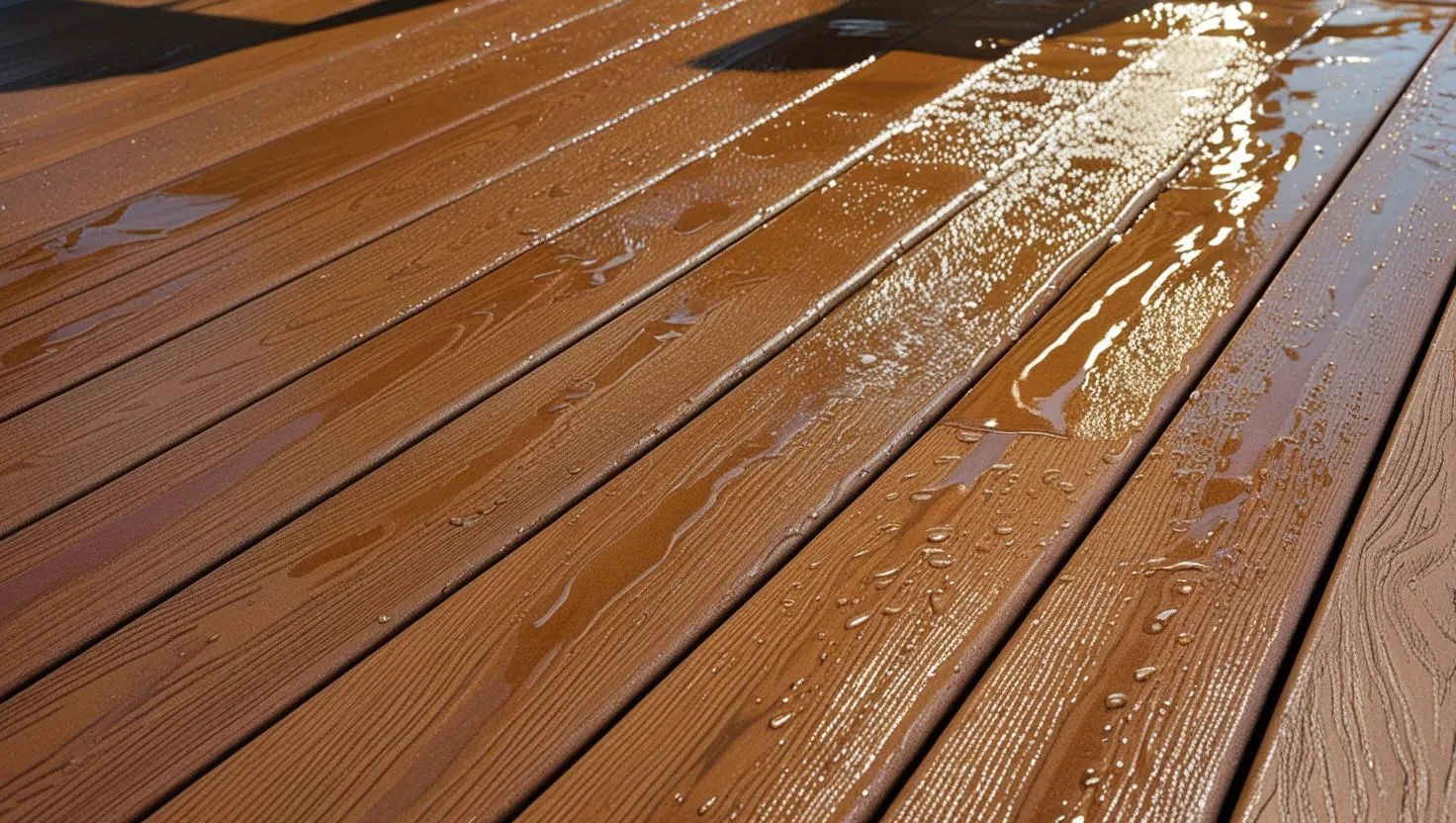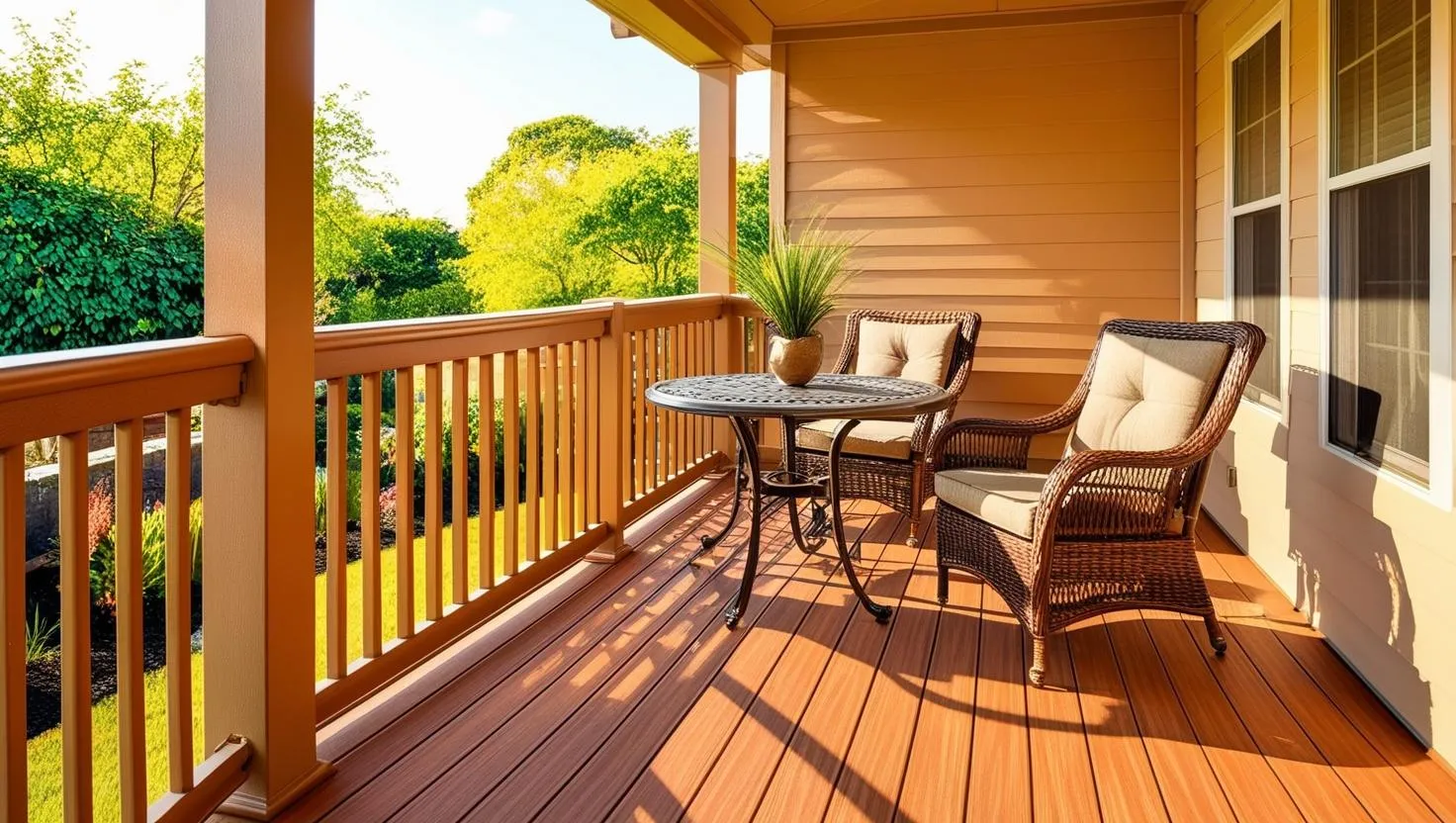As more homeowners and builders seek eco-friendly alternatives to traditional building materials, Wood-Plastic Composite (WPC) has emerged as a popular choice. Whether you are planning a decking project, building outdoor furniture, or installing new flooring, WPC offers a variety of advantages over conventional wood. In this article, we’ll explore the benefits of using WPC in your home, and why it’s an excellent option for anyone looking to embrace sustainability and durability in their living spaces.

What is WPC (Wood-Plastic Composite)?
WPC is a material made from a blend of wood fibers or sawdust and recycled plastic, resulting in a composite product that combines the best qualities of both materials. The wood provides a natural, warm appearance, while the plastic ensures that the material is durable, moisture-resistant, and easy to maintain. WPC is commonly used in decking, railing, siding, fencing, and even furniture.

1. Durability and Longevity
One of the most significant advantages of WPC is its exceptional durability. Unlike traditional wood, WPC is highly resistant to weathering, rotting, and warping. It doesn’t absorb moisture, meaning it won’t swell or crack like wood can under exposure to rain, snow, or humidity. This makes it ideal for outdoor applications like decking and fencing, which need to withstand the elements year-round.

Additionally, WPC is highly resistant to pests such as termites and insects that typically damage wood. This feature ensures that your WPC installations will stand the test of time with minimal maintenance required.
2. Low Maintenance
One of the most appealing benefits of WPC is its low maintenance requirements. Traditional wood surfaces need regular sealing, staining, and cleaning to preserve their appearance and prevent decay. In contrast, WPC doesn’t need any of these treatments. A simple wash with soap and water is enough to keep your WPC products looking new.
The material is also resistant to fading and discoloration, meaning your WPC decking, siding, or furniture will retain its color even after years of exposure to the sun and harsh weather conditions.
3. Eco-Friendly Choice
As environmental concerns grow, more people are looking for ways to make sustainable choices in home building and improvement. WPC is an eco-friendly material because it is often made from recycled wood fibers and plastic. By using these materials, WPC reduces the demand for virgin wood and helps divert waste plastic from landfills.
Furthermore, many manufacturers of WPC products take additional steps to minimize their environmental impact, such as sourcing sustainable wood and using non-toxic chemicals in the production process. This makes WPC a great option for homeowners who want to reduce their carbon footprint and build a more sustainable home.
4. Aesthetic Appeal
WPC combines the natural beauty of wood with the versatility of plastic. It can be manufactured in a wide range of colors, textures, and finishes, allowing you to choose the perfect style for your home. Whether you want the look of rich hardwood, a rustic texture, or a more contemporary aesthetic, WPC can meet your design needs.
The material also mimics the appearance of real wood closely, making it a great option for those who love the warmth and charm of wood but want the added benefits of modern technology.

5. Cost-Effective
While WPC may have a higher upfront cost compared to traditional wood, its long-term cost-effectiveness is undeniable. The low-maintenance nature of WPC means you won’t have to spend money on regular treatments like staining, sealing, or repairing rotting wood. Over the life of the product, these savings can add up significantly.
Additionally, since WPC is highly durable and resistant to wear and tear, it’s a great investment for homeowners who want a material that will last for years without the need for frequent replacements.
6. Versatile Applications
WPC is an incredibly versatile material, suitable for a wide range of applications both indoors and outdoors. Here are just a few areas where WPC can be used in your home:
- Decking: Create a beautiful, low-maintenance outdoor living space.
- Siding: Enhance your home’s exterior with stylish and weather-resistant siding.
- Furniture: WPC is great for building patio furniture that can withstand the elements.
- Fencing: Install durable, long-lasting fences that require little upkeep.
- Flooring: Use WPC flooring in high-traffic areas that need a combination of beauty and functionality.

7. Enhanced Safety Features
Many WPC products are designed with safety in mind. Some decking products, for example, feature slip-resistant surfaces, making them ideal for areas around pools, patios, or anywhere moisture might be a concern. WPC’s smooth, splinter-free surface also reduces the risk of injury compared to traditional wood decking, making it a great option for families with children or pets.
Conclusion
Wood-Plastic Composite (WPC) is quickly becoming a go-to material for homeowners who are looking for an eco-friendly, durable, and low-maintenance solution for their home projects. Whether you’re building a deck, updating your exterior, or adding stylish furniture, WPC offers the perfect combination of functionality and beauty. Its long lifespan, aesthetic flexibility, and environmental benefits make it a great choice for those looking to create a sustainable and modern home.
If you’re considering WPC for your next project, you’ll be making an investment in a high-quality, eco-friendly material that will serve you for years to come.
Want more smart ideas for using composite materials in your home? Head over to ecobuildhome.com, where you’ll find expert tips, how-to guides, and product comparisons to help you build sustainably and stylishly.

